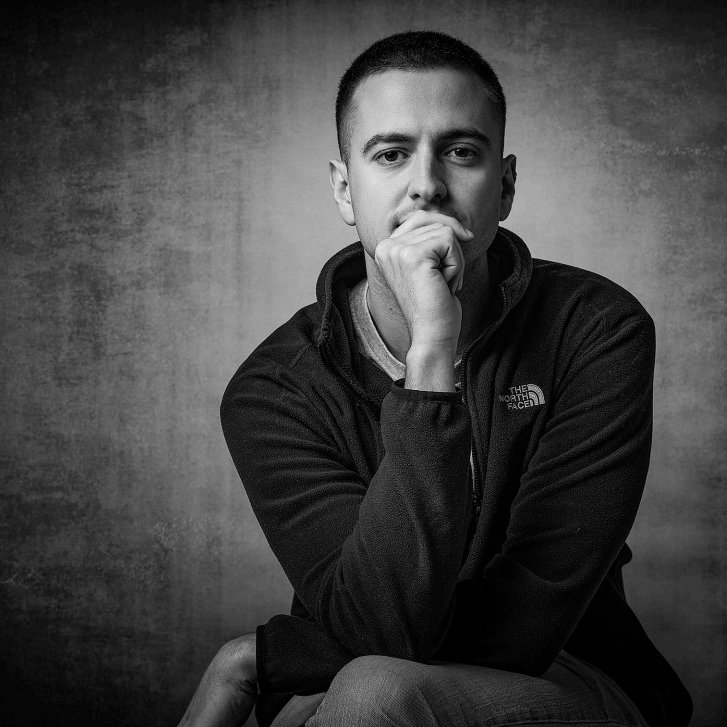

Perugia, Department of Physics and Geology, 14-15-16 April 2025
The course will address the following topics:

Postdoctoral Fellow at Center of Gravity, Niels Bohr Institute, Copenhagen (Denmark)
David Pereñiguez obtained his PhD from the Institute of Theoretical Physics, in
the Autonomous University of Madrid. He joined NBI in October 2022. His research focuses on black hole physics. At NBI, he works on theoretical aspects of
gravitational wave propagation in black hole spacetimes, and studies how these
encode information about the black hole structure, with special emphasis on signatures of new physics.
For more information about his research, visit this page.

Postdoctoral Fellow at Center of Gravity, Niels Bohr Institute, Copenhagen (Denmark)
Asta Heinesen is a postdoctoral researcher working on questions within cosmology and general relativity. Her research is in the interface between theoretical and
observational cosmology, and focuses on developing model - independent methods for analysing, for instance, standard candles, standard sirens, and the ages and
distribution of galaxies in the Universe.
For more information about her research, look at this page.